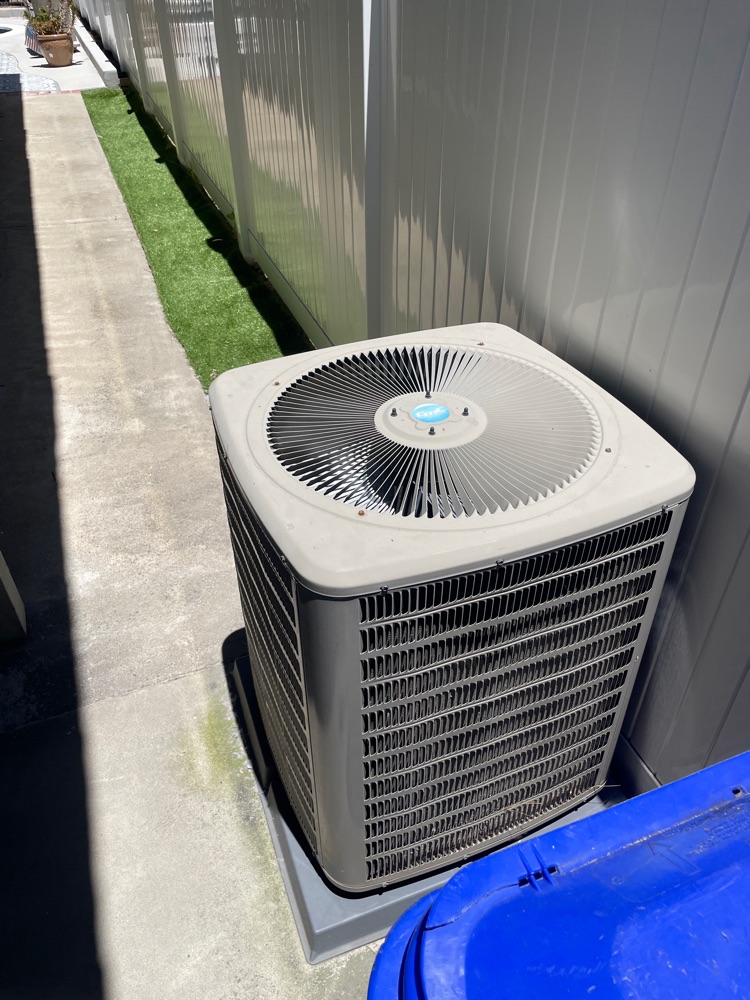Wall heaters are very effective when you need to warm a small room. But like all appliances, they can sometimes have problems. Trouble with the power supply can cause an electric heater to malfunction, but so can faulty components. Standard issues concern a few parts that the wall heater has and these parts could cause the malfunction of the unit. The usual problems experienced by an electric wall heater come from malfunctioning of the on/off switch, thermostat switch, and the heating elements in the interior of the unit. One thing that could go wrong with the functioning of the heater is it could just stop heating up. The heating elements could get burned during use and cease to heat up. The thermostat, which is the heat regulator, could also fail to work properly. There are times when the circuit breaker trips off because of the sudden surge of wattage, which will also prevent the flow of electricity. If the electric heater is turned on but the heating capacity is not enough, check to make sure the heating elements are glowing. In a fan-equipped heater check that the fan is blowing. Dirt accumulation can also affect the function of the heater. Remove dust, dirt, and other debris by the fan and heating element areas to clean up the heater. The debris accumulated in the heater could create sparks and could cause the unit to overheat. If it is found that the heating element wires are burned or the thermostat is destroyed, replace the parts. Study the manufacturer’s brochure of the unit prior to troubleshooting. Doing so will guide you in determining what kind of repair you should do if you encounter problems with your electric wall heater. Stop fixing any breaks yourself if you are not handy enough or do not have necessary equipment.

November 26, 2023
AC is leaking from the coil – HVAC Troubleshooting in San Diego
Have you encountered a leaking air conditioner? This causes not the most pleasant feelings and deprives you of comfort. Before solving this problem, you should determine what exactly became the source of the air conditioner flow.


















